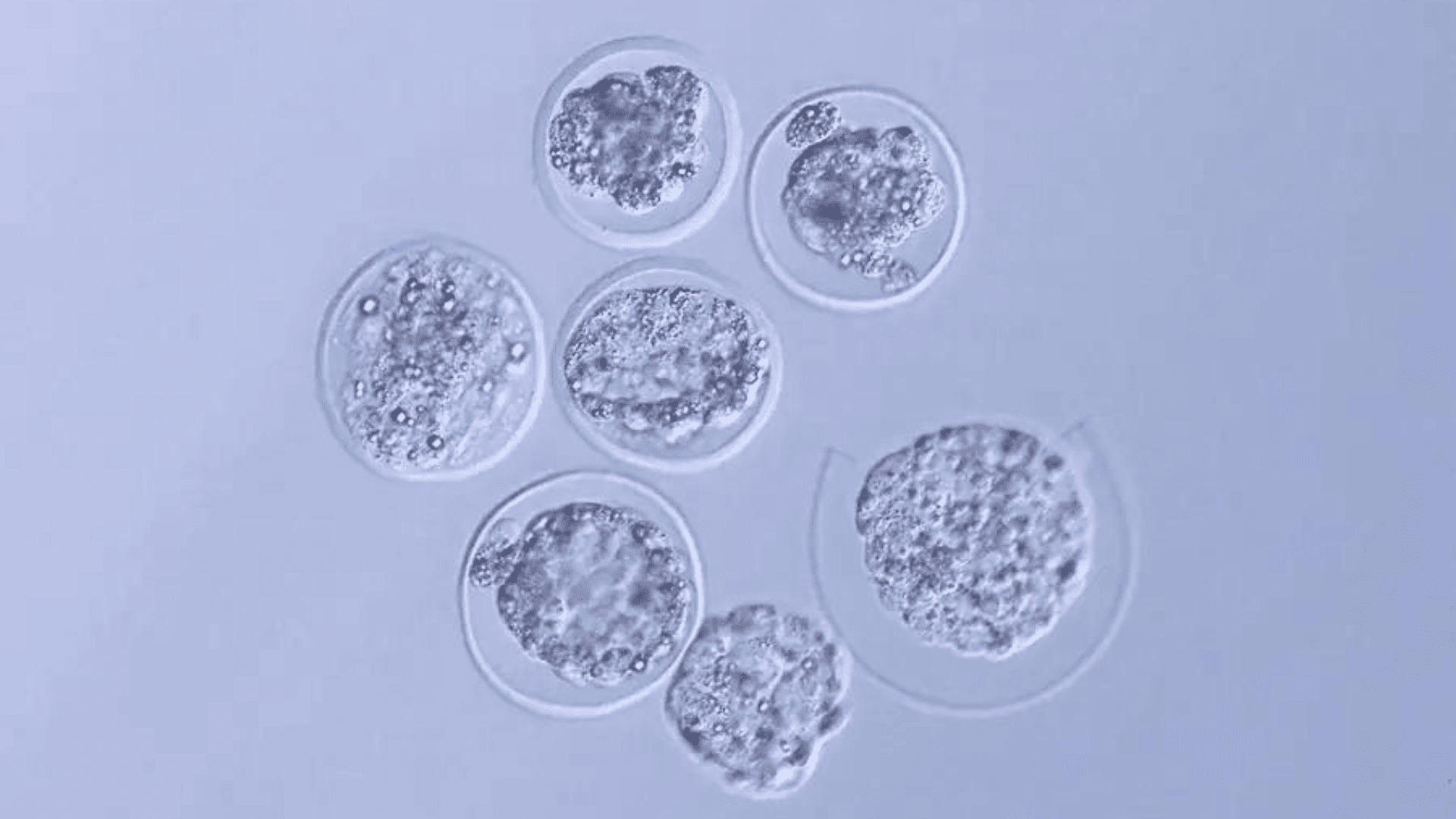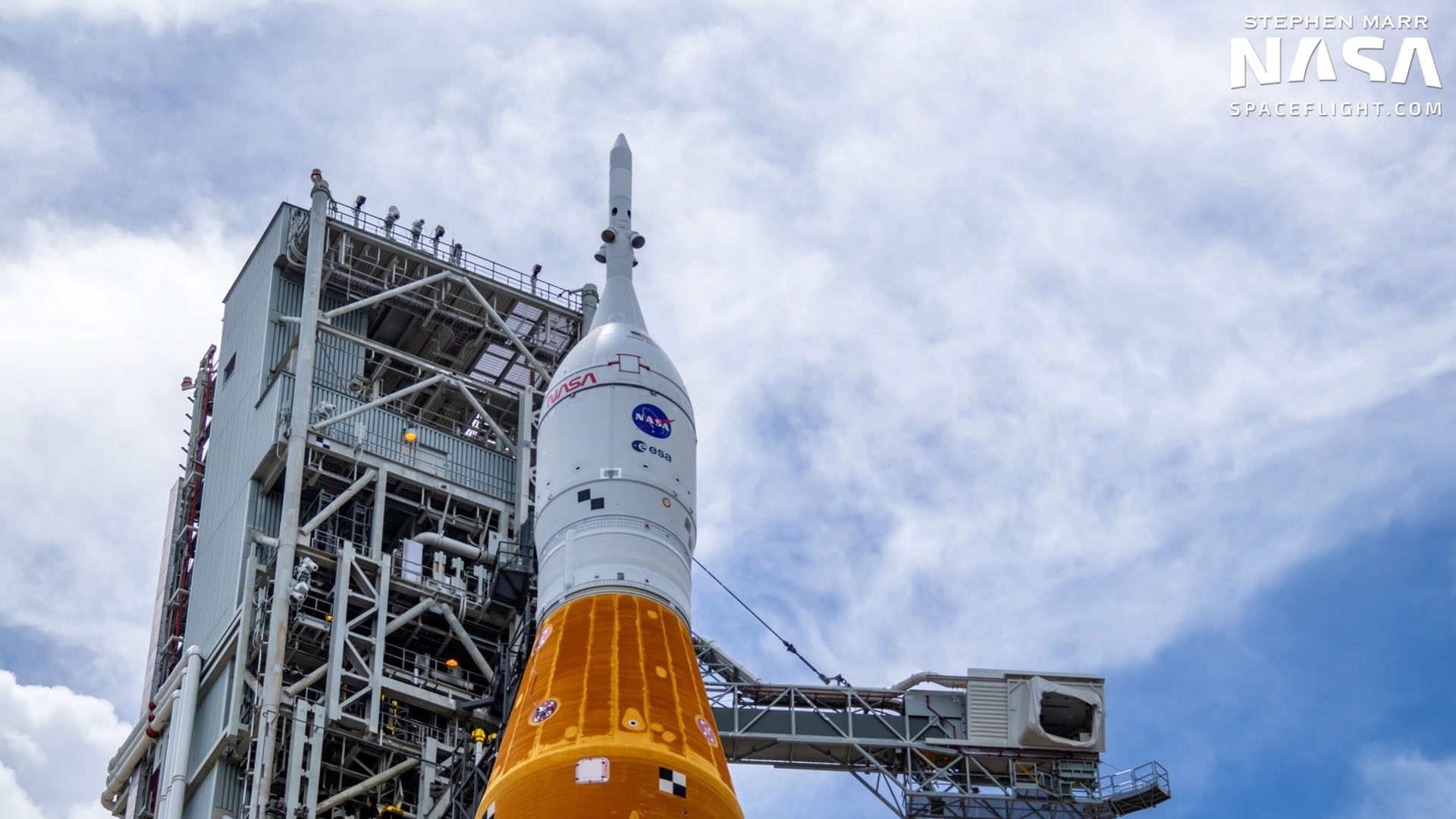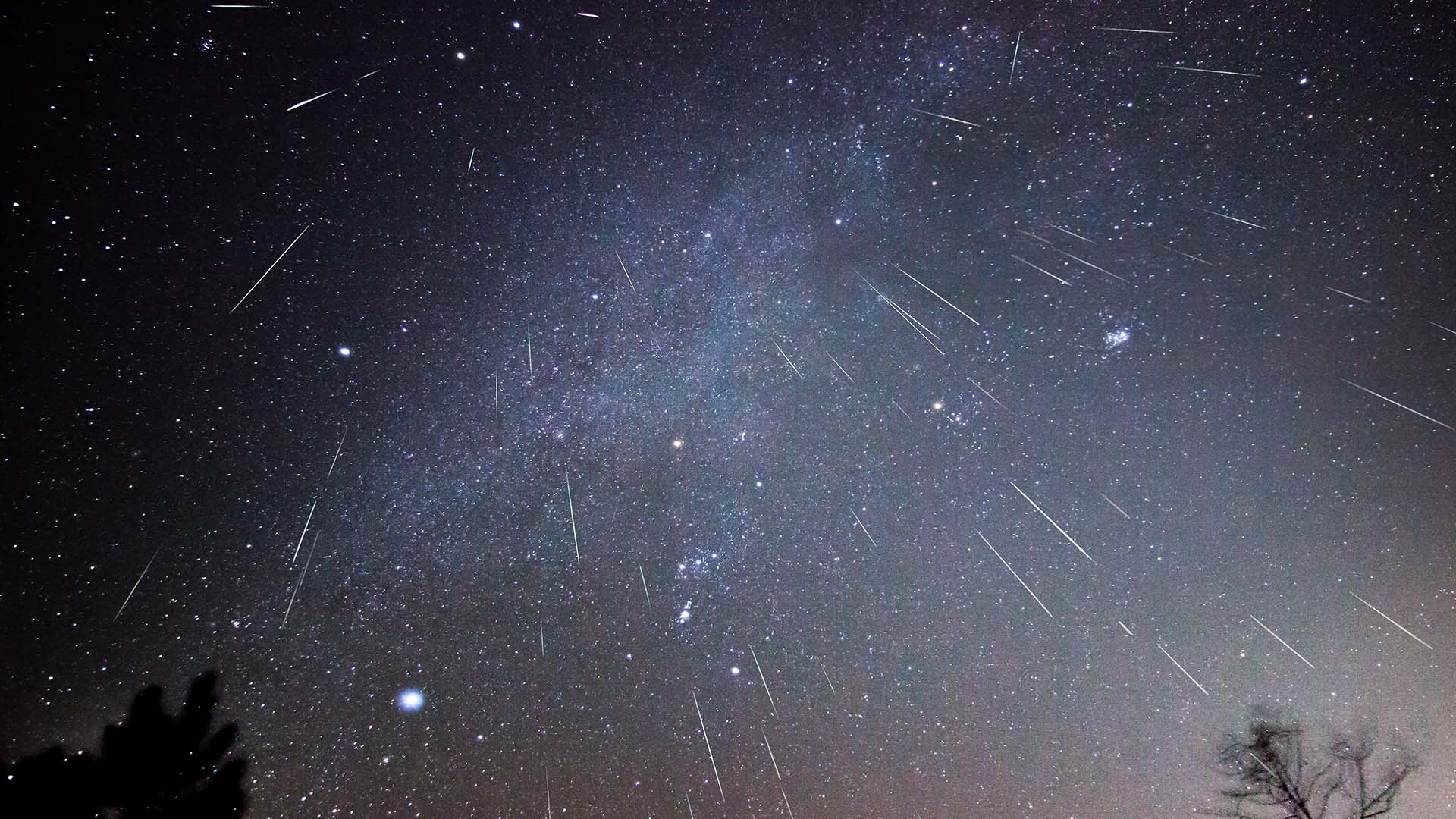Thanks to the Japan Aerospace Exploration Space Agency, mouse embryos have been successfully grown on the International Space Station (ISS). The mouse’s normal development indicates that it could be possible for humans to reproduce in space.
The Microgravity Experiment
A team of researchers sent hundreds of frozen mouse embryos on board a rocket to the ISS in August 2021. Once the experiment was ready to begin, astronauts thawed the early-stage embryos using a special device and grew them on the station for four days. The embryos were kept at low temperatures and returned to Earth for analysis in October 2021.
According to the study paper, published in October 2023, the experiment demonstrated that gravity did not significantly affect the DNA and genes of the embryos— they developed normally into blastocysts, which are cells that eventually evolve into the fetus and placenta.

The team now intends to confirm this preliminary experiment with further study. In a joint statement, the researchers explained that it would be necessary to transplant the blastocysts that were cultured in the ISS’s microgravity into mice to see if the mice could give birth. This would fully confirm that the blastocysts are normal.
As Teruhiko Wakayama at the University of Yamanashi in Japan, who led the study, told New Scientist, “There is a possibility of pregnancy during a future trip to Mars because it will take more than 6 months to travel there. We are conducting research to ensure we will be able to safely have children if that time comes.”
The effect of radiation on space-based mammalian embryo growth will also need to be investigated in future experiments. In this experiment, researchers did not consider radiation exposure during the phases of live embryo cryopreservation and culturing.
Enabling Future Exploration
The experiment marks the first-ever study that shows mammals may be able to thrive in space. These landmark results come as many space agencies are preparing to return humans to the Moon. Notably, NASA’s Artemis missions are working to send humans back to the Moon in order to learn how to live there long-term and establish a lunar camp. The camps could ultimately pave the way for humans to stay in space for an extended period in the future.
The Artemis I mission took place in November 2022, with the Orion spacecraft and the Space Launch System rocket lifting off for the first time from NASA’s Kennedy Space Center. The mission’s primary goal was to demonstrate Orion’s systems in a spaceflight environment and ensure a safe re-entry, descent, splashdown, and recovery before the first flight with crew on Artemis II.
The next mission, Artemis II, is currently slated for November 2024. The mission will launch a crew of four astronauts on their first flight aboard NASA’s Space Launch System rocket and Orion spacecraft. The astronauts will venture around the Moon to confirm all of the spacecraft’s systems operate as designed with a crew aboard in the actual environment of deep space.







